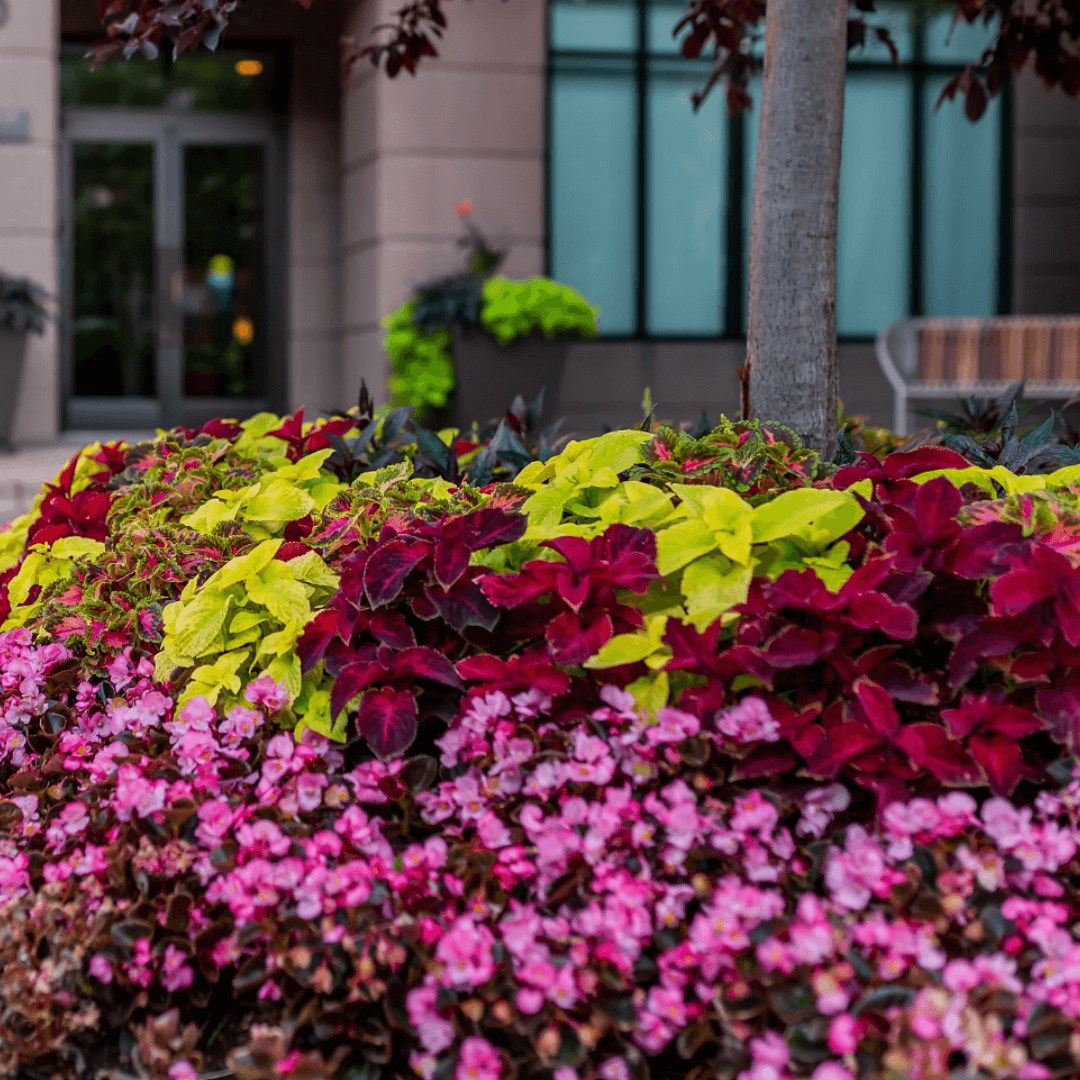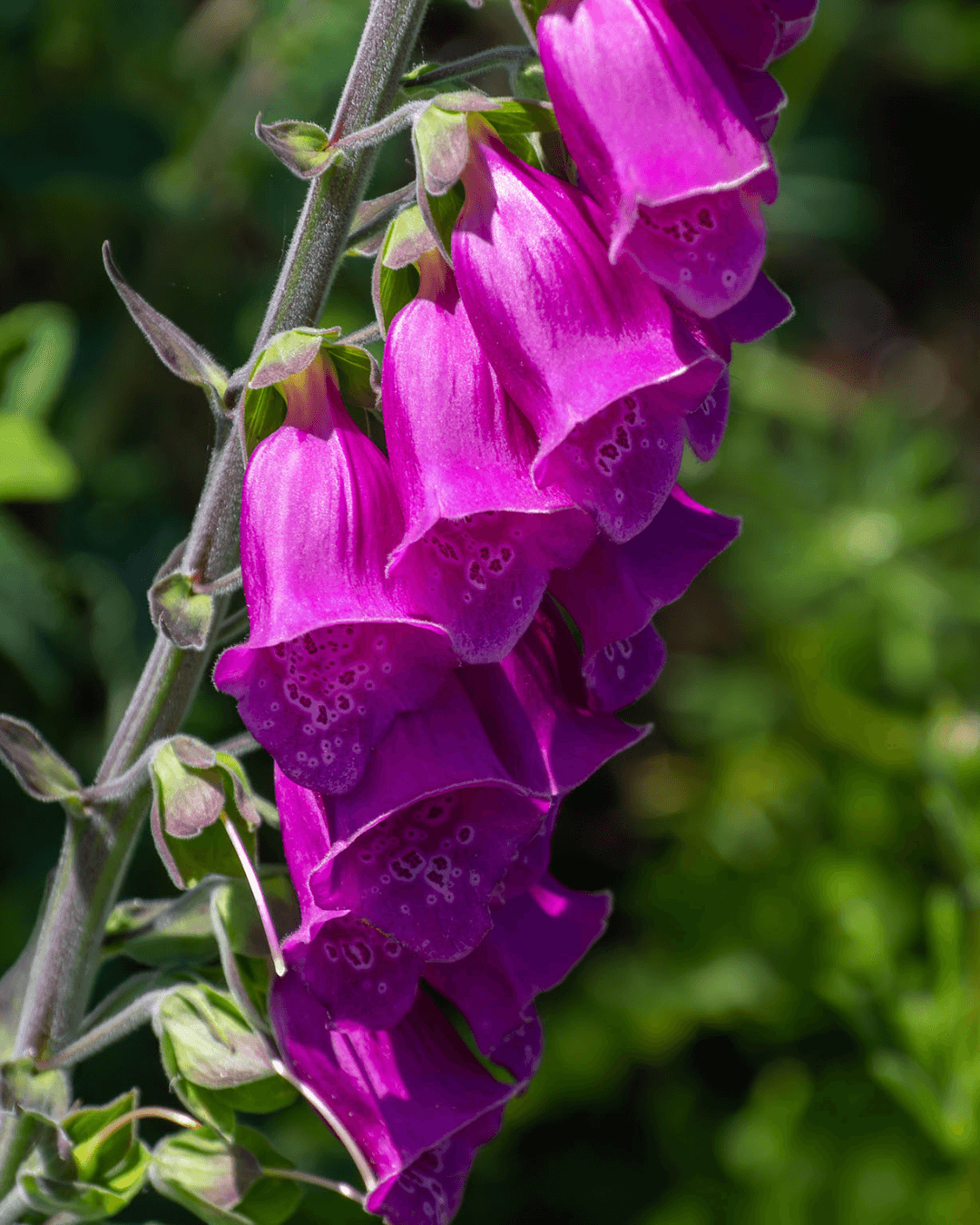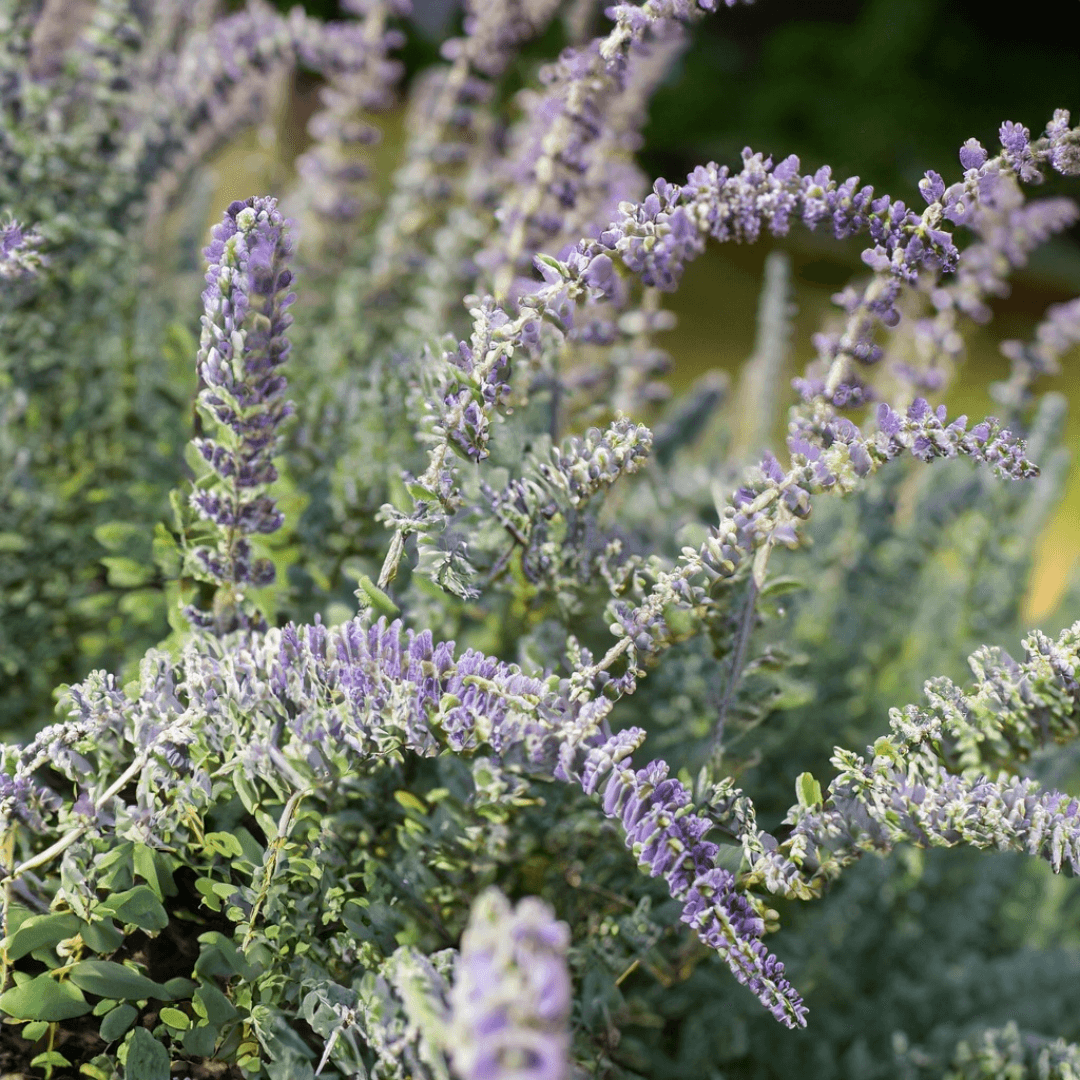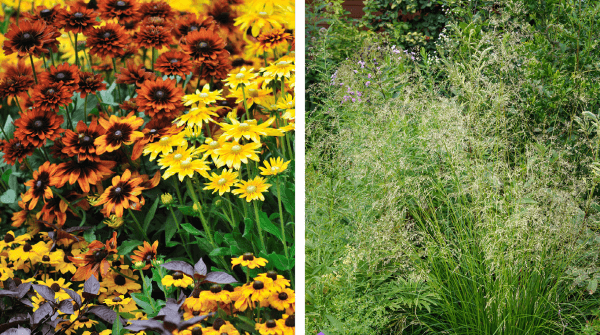
Annuals Vs. Perennials: Understanding the Differences
It can be challenging to decide which landscaping plants to choose. To help make your decision easier, we’ve compiled a helpful guide outlining the key differences between annual and perennial plants so you can take advantage of both options within your gardening plan. Whether you are a busy mom looking for easy-to-maintain greenery in front of the house or a seasoned gardener wanting something different each summer season—this article offers all the information you need to beautify your space this year and beyond!
Distinguishing between annuals and perennials can make all the difference in the success of your planting. Annuals are plants that only live for one growing season and typically bloom for a few weeks to a few months. They are often known for their bright colors and showy blooms but require yearly replanting. Perennials, on the other hand, come back year after year, typically with less showy blooms but longer blooming periods. They are an excellent foundation for any garden and can help reduce the amount of replanting needed. Knowing the difference between the two can help achieve the perfect garden aesthetic while saving time and money.
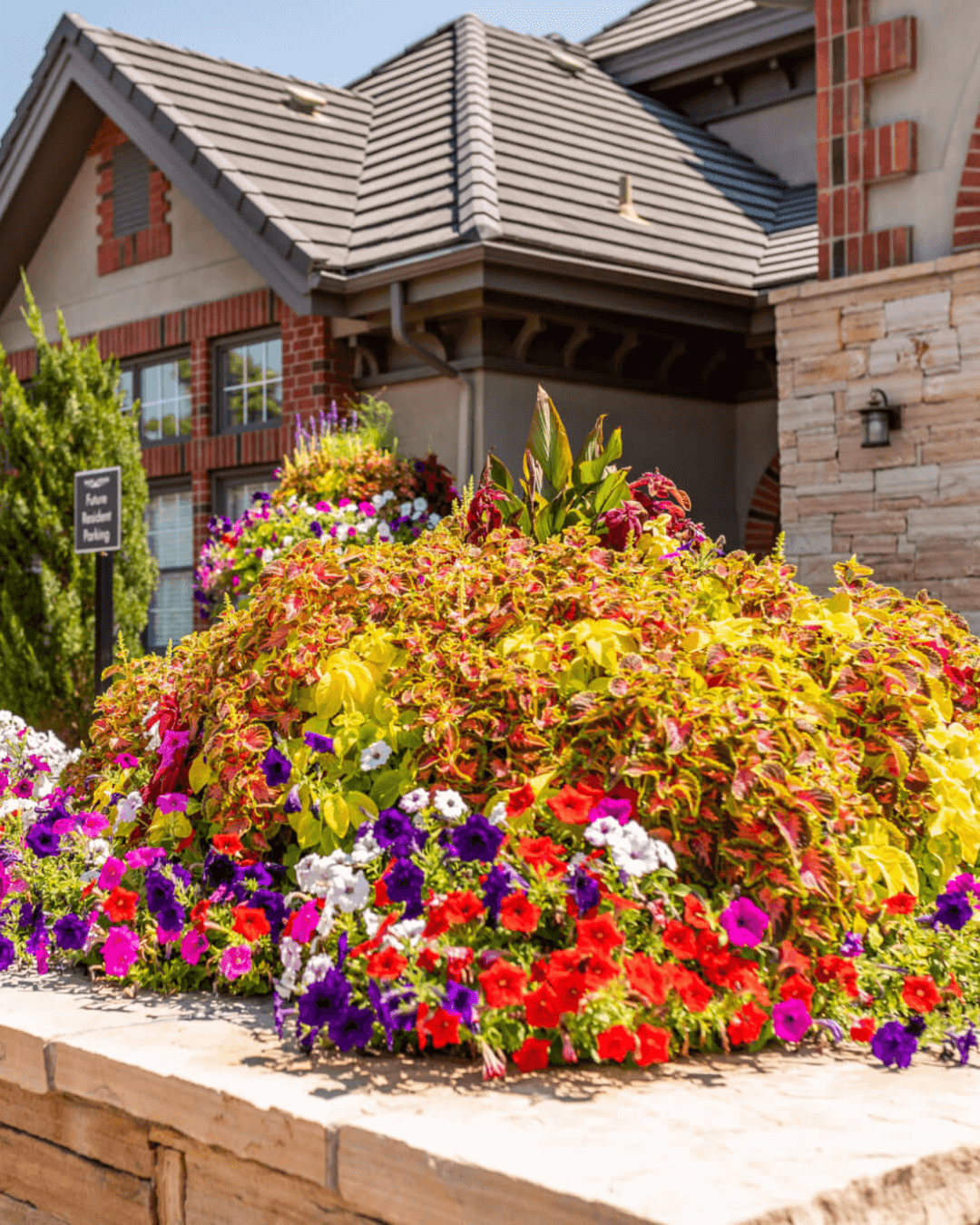
What are Annuals?
Annuals, simply put, are plants that complete their entire lifecycle within a single year. In other words, they grow, flower, produce seeds, and then die in the span of twelve months or less. Commonly available in nurseries and garden centers, annuals come in a vast variety of colors and sizes, making them perfect for adding vibrant, seasonal interest to any garden or container. They are also an excellent choice for filling gaps between perennials or for temporary garden displays such as wedding or party decorations. Since they are not meant to last more than a year, annuals require less commitment and maintenance than their perennial counterparts, making them an excellent choice for beginner gardeners, renters, or those who simply prefer to change their garden’s look every year.
What Are the Disadvantages of Annuals?
While annuals can bring a pop of bright color to any garden, they also come with their fair share of disadvantages. One of the biggest drawbacks to annuals is that they only last for a single growing season, meaning that they must be replanted each year. This can become time-consuming and expensive for gardeners who want a consistently vibrant display. Additionally, annuals tend to have a shorter bloom time compared to perennial plants, which means that they may not contribute as much to the overall appearance of a garden throughout the year. Furthermore, annuals have a shallow root system compared to perennials, making them more susceptible to drought and other environmental stressors. Despite their colorful and vibrant nature, annuals may not be the most practical choice for gardeners looking for long-term, sustainable solutions.
Types of Annuals Best for Colorado
For anyone looking to brighten up their garden or yard in Colorado with beautiful annual flowers, there are many options to consider. Some of the best types of annuals to plant in this area include petunias, zinnias, marigolds, and snapdragons. These flowers are best planted in the spring, thrive in the warm summer months, and can add vibrant colors to any garden or landscape. Petunias, in particular, are a popular choice as they come in a wide variety of colors and can bloom throughout the summer months. Zinnias are another fantastic choice for Colorado gardens, as they are easy to grow and can tolerate the hot and dry conditions that are common in this state. Whatever your preference may be, planting annuals is a great way to enhance the appearance of your outdoor space and add some natural beauty to your surroundings.
What are Perennials?
Perennials are a type of plant that live for more than two years. These plants are known for being hardy and long-lasting, making them popular among gardeners. Unlike annual plants, which die off after one growing season, perennials have the ability to hibernate during the colder months and return the following year. This means that they require less maintenance and can be enjoyed for many years to come. Perennials range in size and color, from small flowering plants to tall grasses and shrubs. If you’re looking to create a colorful border in your garden or add some height to your landscape, perennials offer a wide variety of options!
What Are the Disadvantages of Perennials?
While perennials offer many benefits to gardeners, there are also some disadvantages to keep in mind. One of the main drawbacks is their higher initial cost compared to annuals. Perennials are also slower to establish, meaning they may take a few years to reach their full potential. Additionally, some perennials have a shorter blooming period, which can be disappointing if you’re looking for long-lasting color. Finally, many perennials require regular maintenance, such as dividing and pruning, which can be time-consuming. Overall, while perennials are a great addition to any garden, it’s important to weigh the pros and cons before deciding to invest in them.
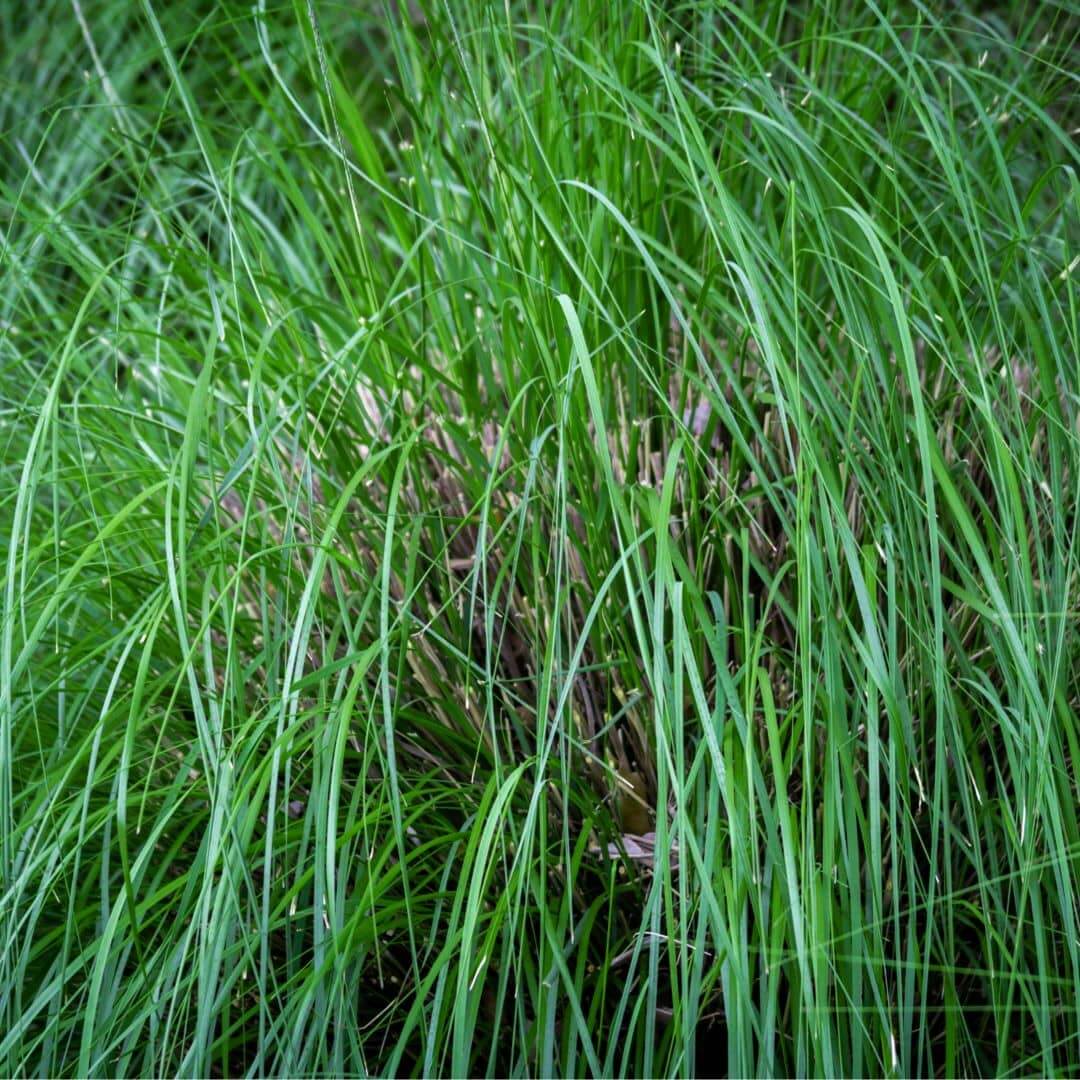
Types of Perennials Best for Colorado
Perennials are a great choice for Colorado gardens as they come back year after year, even through the harsh winters that our state often experiences. Some of the best types of perennials for Colorado include coneflowers, yarrow, salvia, and Russian sage. Coneflowers, also known as Echinacea, are drought-resistant and come in a variety of colors, from pink to orange to yellow. Yarrow is also drought-tolerant and its feathery leaves and small flowers attract butterflies and bees to your garden. Salvia produces spikes of blue, purple, or red flowers and is a favorite among hummingbirds. Finally, Russian sage is a hardy plant with silvery foliage and lavender-blue flowers that add texture and height to your garden. These four perennials will not only survive but thrive in Colorado’s climate, making them a worthwhile investment for any garden enthusiast.
What are Biennials?
Biennials are a group of plants that have confused gardeners for many years. Unlike annuals, which live for only one growing season, and perennials, which persist indefinitely, biennials have a two-year lifespan. During the first year, the plant grows vegetatively, focusing on building up energy reserves and a strong root system. It is during the second year that most biennials bloom, set seed, and then die. This strategy allows biennials to take advantage of favorable growing conditions before reproducing, ensuring the survival of their species. Popular examples of biennials include foxgloves, hollyhocks, and sweet William, all of which are known for their towering flower stalks and showy blooms. Biennials may require a bit more planning in the garden, but their striking beauty and unique lifecycle make them a worthwhile addition to any planting scheme.
Design Considerations
When it comes to designing a garden, choosing between annuals and perennials can be a tough decision. While annuals bloom for one season and need to be replanted every year, perennials can come back year after year, adding longevity to your garden. However, annuals often provide bigger and more vibrant blooms and can be used to fill in gaps between perennial plants. When selecting your plants, consider the amount of maintenance you are willing to
commit to. Perennials may require less watering and fertilization, but will still need some care to thrive. Annuals may require more attention but can be easier to replace if they do not perform well. A combination of both annuals and perennials can create a beautiful and low-maintenance garden design, with the added bonus of a variety of blooms and colors throughout the year.
Tips for Planting Annuals and Perennials
Planting annuals can be a rewarding experience that adds color and beauty to any garden. It’s important to choose the right location for your plants, keeping in mind the amount of sunlight and soil type. Be sure to loosen the soil before planting and amend it with compost or other organic matter. When planting, space the annuals according to their mature size and water them immediately after planting. To promote continuous blooming, deadhead the spent blooms and fertilize regularly. With these tips and a little care, your annuals will thrive and provide color all season long.
One thing to keep in mind when starting your planting journey with perennials is to think about the climate and soil type in your area. Researching what plants thrive in your specific environment can help you create a beautiful and long-lasting garden. It’s also important to consider the amount of sunlight your garden receives and choose plants accordingly. When planting, make sure to dig a hole that is twice the size of the root ball and add fertilizer to help promote healthy growth. Finally, water your new plants thoroughly and make sure to keep them hydrated as they establish themselves in the ground. With these tips in mind, you can create a stunning garden full of thriving perennials.
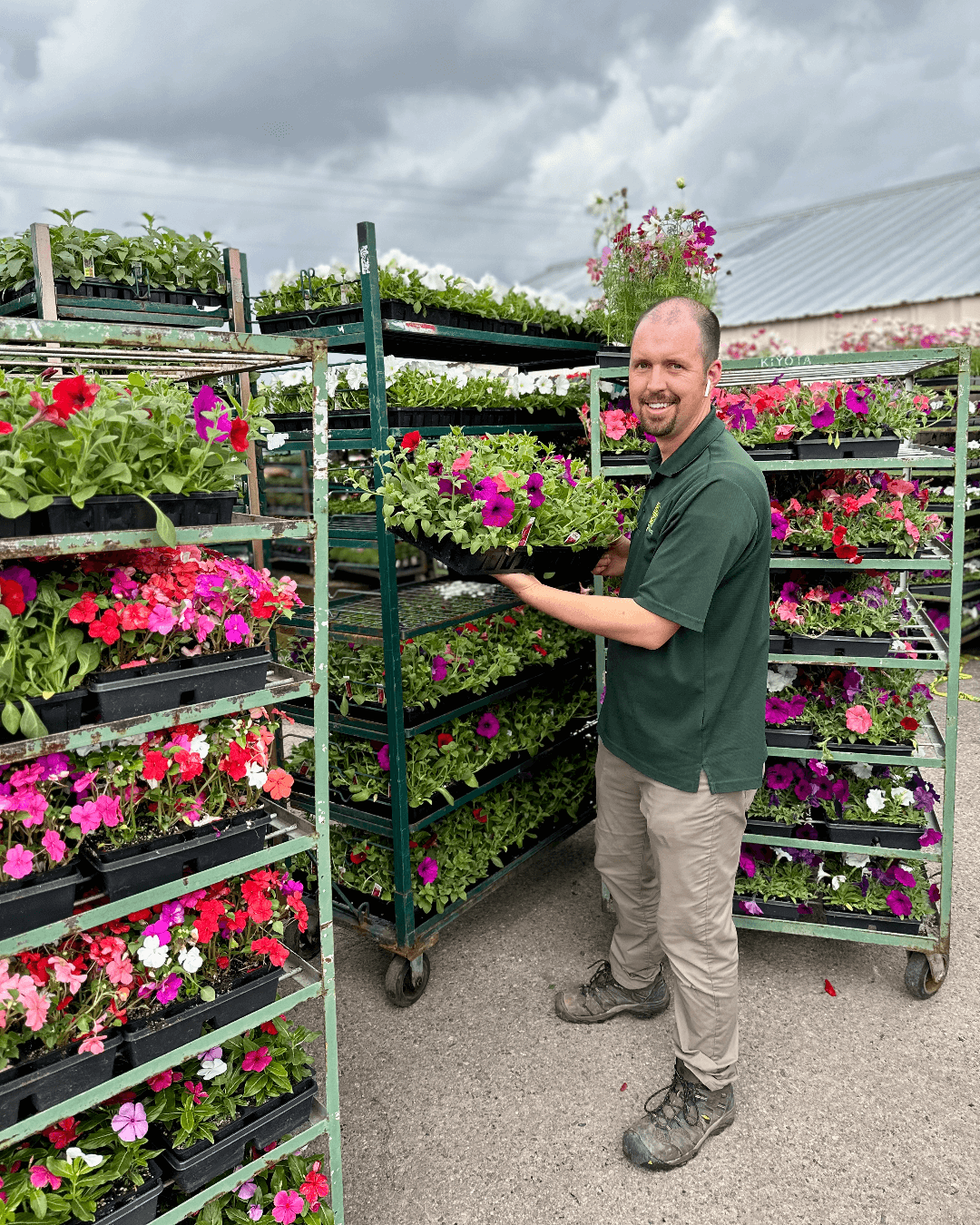
Need Help From Landscape Professions?
Long-term planning pays off when it comes to landscaping, and while annuals are a great option for adding color for just one season, perennial plants can go the extra mile with their ability to come back stronger and brighter each year. Research the best types of perennials for your particular region and discover how you can have a vibrant and constantly evolving landscape without putting in the work or investing the time that annuals require. With a little help from Environmental Designs, you can create a stunning outdoor display that will last for years to come. So don’t wait, take charge of your garden today – let Environmental Designs help you create an amazing outdoor space!
Please reach out to Environmental Designs to learn more about our residential landscape services.




